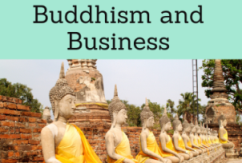Business in Mongolia, Ulaanbaatar, Mining
Mongolian Economy, Logistics and Foreign Trade. Ulaanbaatar. Mining (gold, copper)

Mongolia is one of the fastest growing world's economies.
Mongolian Economy.
- Market economy
- Huge mineral resources
- Mineral production: gold, copper, and coal
- Mongolian Legal system: based on Roman-German (Constitution)

- Introduction to Mongolia (Asia)
- Mongolian Economy
- Doing Business in Ulaanbaatar
- Foreign Trade of Mongolia
- Mongolian Customs
- Business Opportunities in Mongolia:
- Mining
- Agriculture
- Construction
- Energy
- Transport and Logistics
- Industry
- Health
- Investment in Mongolia
- Case Study: Mongolian Mining Corporation
- Access to the Mongolian Market
- Business Plan for Mongolia


The objectives of the subject “Foreign Trade, Logistics and Business in Mongolia” are:
- To analyze the Mongolian Economy, Logistics and Global Trade
- To conduct research on business opportunities in Mongolia
- To explore the Mongolian trade relations with the student's country
- To learn about Mongolian Trade Agreements
- To examine the profile of Mongolian companies
- To develop a business plan for the Mongolian Market

The Subject “Foreign Trade, Logistics and Business in Mongolia” is included within the curriculum of the following academic programs at EENI Global Business School:
Masters: International Business, Foreign Trade.


 Masters adapted to Mongolian Students..
Masters adapted to Mongolian Students..
Languages:  (
( Mongolia
Mongolia  Mongolie).
Mongolie).
- Subject Credits “Doing Business in Mongolia”: 1

International Trade, Logistics and Business in Mongolia.
- Trans-Siberian Railway (Russia, North Korea)
- Silk Road
- China-Russia Logistics Corridor
- Almaty-Bishkek Logistics Corridor
- Asia-Africa Logistics Corridor
- Access to the China-Central-West Asia Economic Corridor
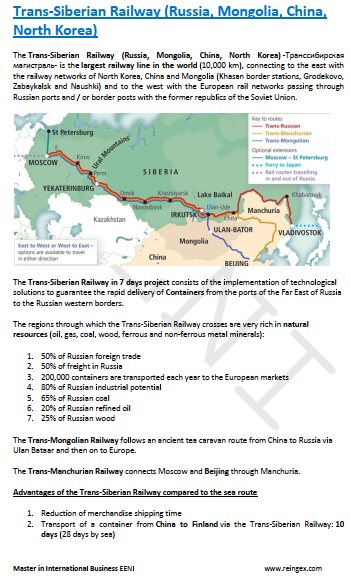
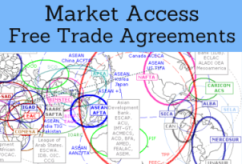
Mongolian Preferential Access and Trade Agreements:
- Mongolia and the Buddhist Economic Area
- Asia-Pacific Trade Agreement
- Japan-Mongolia Free Trade and Economic Partnership Agreement
- Central Asia Cooperation (CAREC)
- Generalized System of Preferences (EU GSP)
- CIS (associated state)
- SCO (Observer state)

- World Trade Organization (WTO)
- Agreement on Trade in Services (GATS)
- Agreement on Sanitary Measures
- Agreement on Technical Barriers to Trade
- Agreement on Preshipment Inspection
- Agreement on Safeguards
- Trade Facilitation Agreement
- World Customs Organization (WCO)
- Kyoto Convention
- Organization for Cooperation between Railways (OSJD)
- Convention Harmonization of Frontier Controls of Goods
- BIC
- Chicago Convention (ICAO)
- International Maritime Organization (IMO)
- Convention for Safe Containers
- Istanbul Convention
- International Road Transport Union (IRU)
- TIR Convention
- Guidelines on Safe Load Securing for Road Transport
- Customs Convention on Containers - not a member

- Economic Commission for Asia (ESCAP)
- Asian Development Bank
- Boao Forum For Asia
- Africa-Asia Partnership
- Asia Cooperation Dialogue
- Colombo Plan
- Mongolia-Europe Economic Meeting

- United Nations
- World Bank
- European Investment Bank
- Economic Commission for Europe (UNECE)
- World Trade Organization (WTO)
- International Monetary Fund
- Pacific Economic Cooperation Council
- World Customs Organization (WCO)
- Borders of Mongolia: China and Russia
- Total Mongolian population: 2.9 million people
- The majority of the Mongolian are Mongols (Khalkha)
- 59% of total population is under age 30
- Mongolian Capital: Ulaanbaatar (40% of the population)
- Mongolian Area: 1,565,000 km² (19th world's largest nation)
- Landlocked country
- Desert of Gobi: 41% of the Mongolian land
- Type of Government: Parliamentary Republic
- Mongolian official language: Khalkha Mongolian (Cyrillic alphabet, spoken by 90% of Mongolians)
- Russian language and English are the most spoken foreign languages
Main religion in Mongolia: Tibetan Buddhism (50%), atheism (40%).
- Traditional religions (Tengriism and Shamanism)
Mongolia belongs to Lamaist area of Buddhist Civilization.

International Trade and Business in Mongolia:

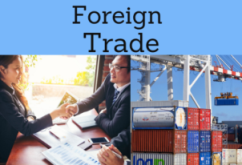
International Trade of Mongolia.
- Mining exports (coal, copper, iron ore, and petroleum) represent 74% of Mongolian exports
- Main Mongolian trade partners are Russia and China
- Main Mongolian imports are consumer and capital goods, fuels
- Mongolia is open to FDI
- Top sectors receiving FDI: geology and mining (72%), trade and food (18%), banking, logistics, and construction
- Nearest ports to Mongolia: Tianjin (China, 1.344 kilometers), Nakhodka (Russia, 4.037 kilometers)
- Access to the Eurasian Land Transport Initiative
(c) EENI Global Business School (1995-2025)
Top of this page





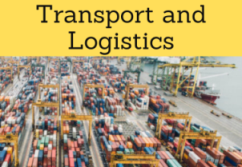



 WhatsApp
WhatsApp